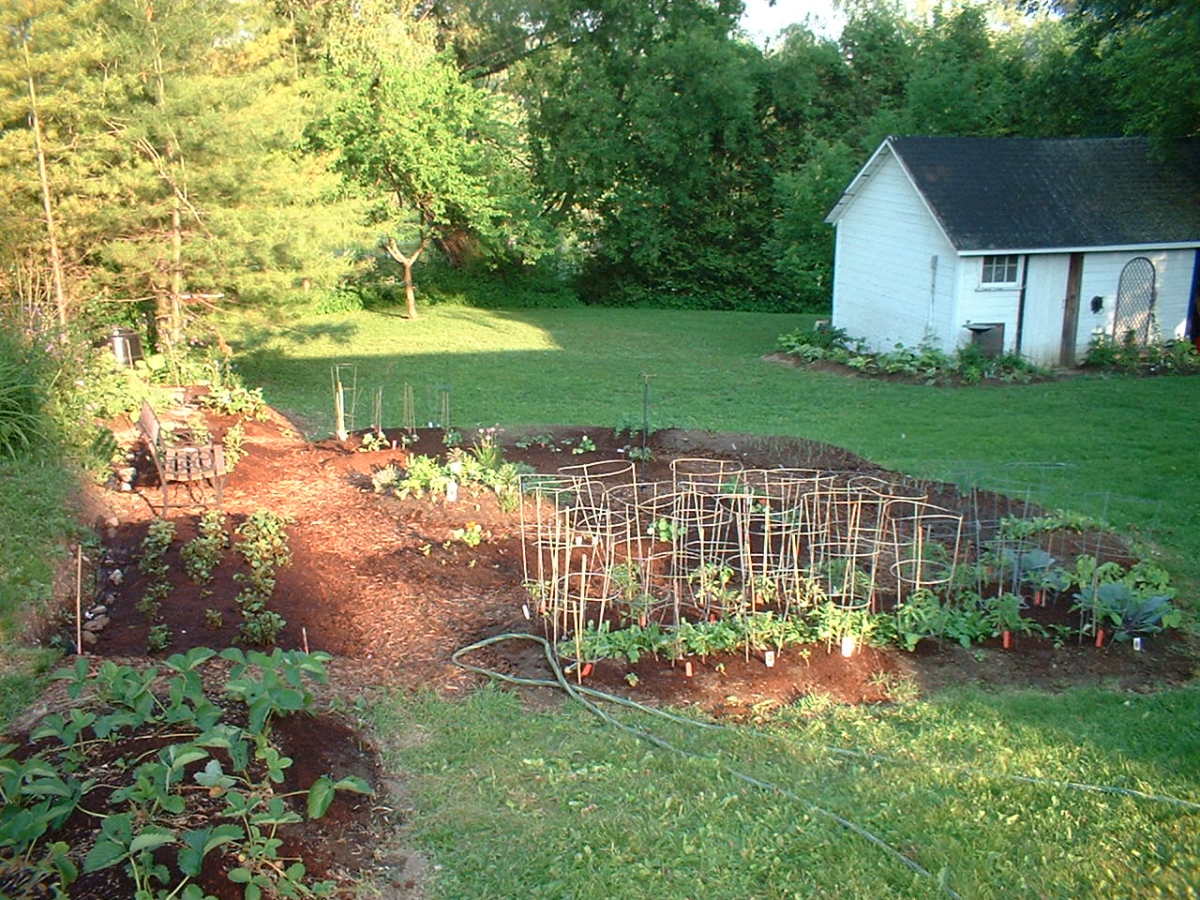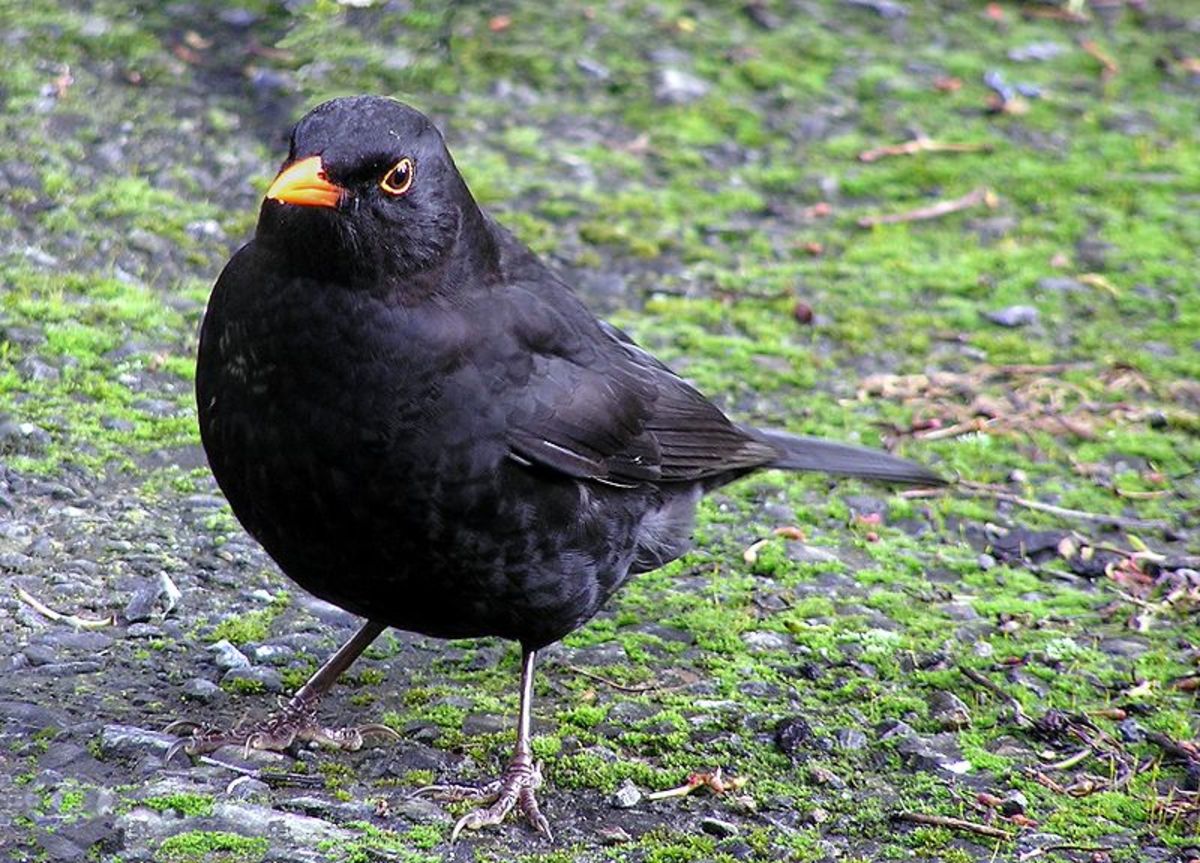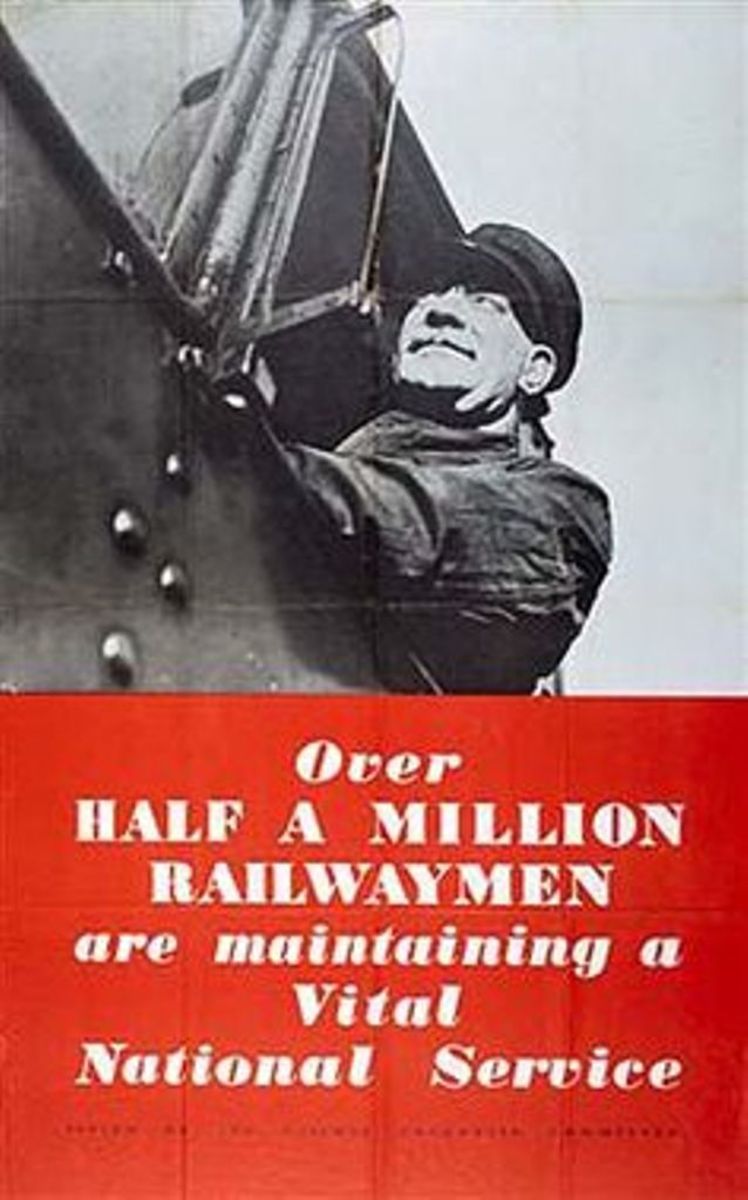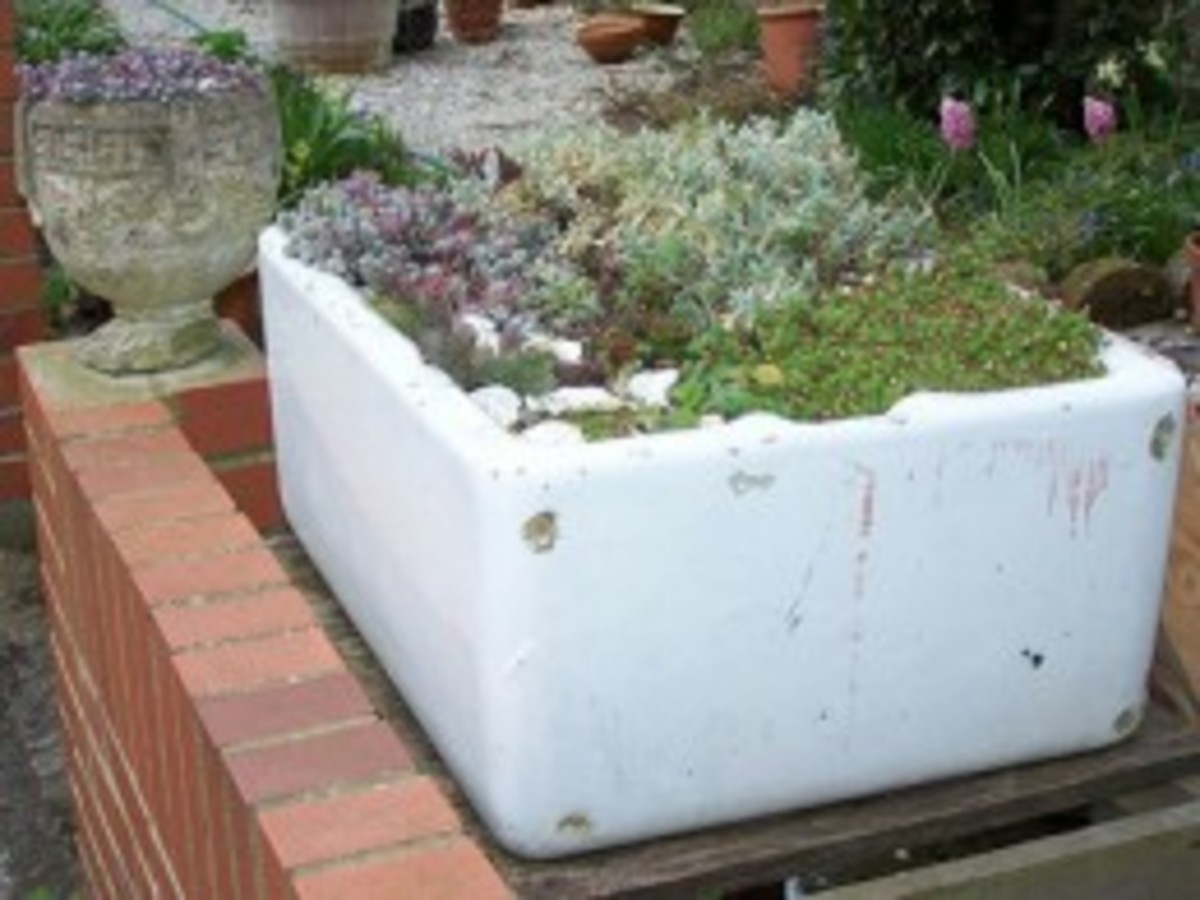How to Grow Your Own Victory Garden
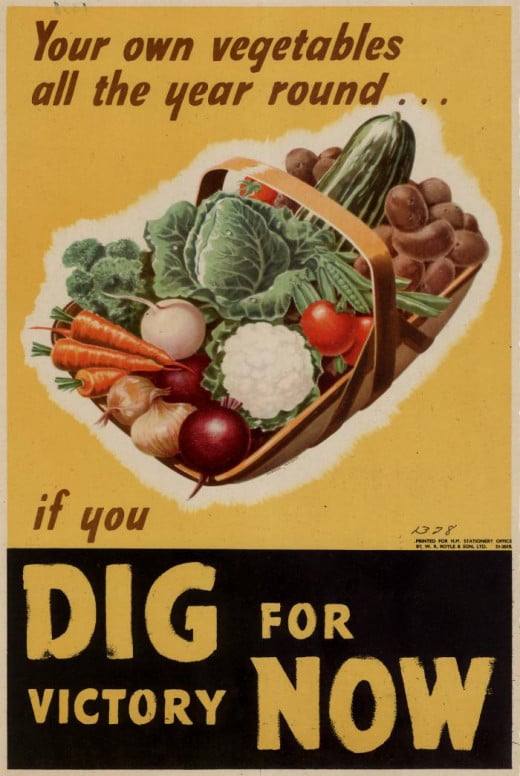
Introduction to the Victory Garden
There is a new resurgence in home gardening that plays upon an old concept: The Victory Garden. Once used as a way to supplement people's diets during wartime when many of the nation's food supply (especially canned goods) was going towards the war effort, this old concept has regained momentum in modern society as a way for people to have greater control over what they put into their bodies.
Some of the reasons cited for modern home gardening are:
- People who live in "food deserts" choose to garden to have fresh fruit and vegetables available to them
- Because of the prevalence of chemicals used on commercially grown food crops, people choose to grow their own without the use of those methods
- Overall supplementation to a person's healthy eating
- A way to supplement their diet if the person has economic difficulties. Vegetable seeds are cheap in comparison to some commercially grown produce in the grocery store
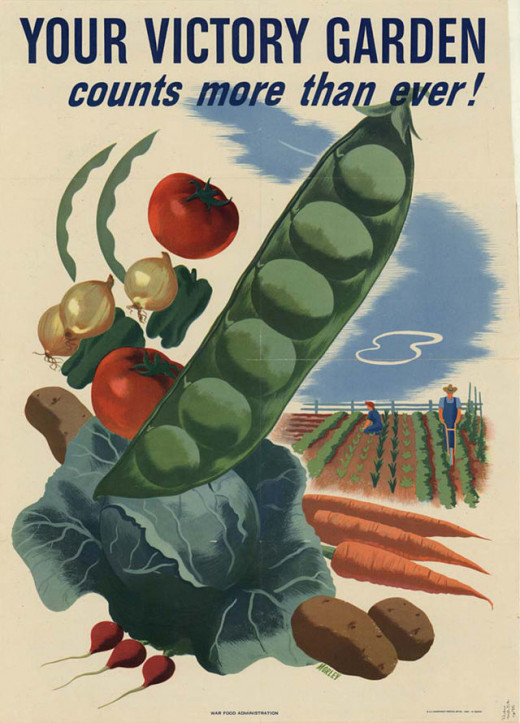
Victory Gardening During Wartime
Both WWI and WWII saw a shift in workforce because many of those men and women in the labor force were now going off to war. This impacted farms because they were expected to increase their food production with less people available to work their farms.
The U.S. Government ( and the governments of the U.K. Germany and Canada) decided to lessen the burden on farmers by encouraging the populace to farm their own plots of land to supplement their diets. There was less canned food available, which many people relied on.
18 Million families grew Victory Gardens in 1942. Some of the places designated for these home gardens were suburban yards, community gardens in city limits for people who didn't have backyards and school property gardens, which helped supplement the diets of school children.
For those individuals that needed assistance with their garden (i.e. they physically had problems doing the labor) they could reach out to neighborhood committees to gain assistance. These neighborhood groups also kept their eyes on abandoned lots, so that weeds didn't take over. Every possible space was utilized for gardening.
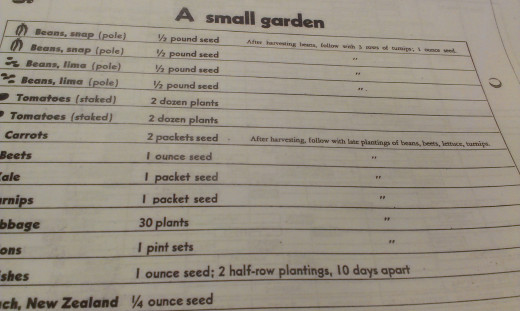
Have you ever heard of the concept of a Victory Garden?
U.S. Government Victory Garden Suggestions
During wartime, the U.S. Government issued booklets to people who were first-time gardeners. The suggestions in this booklet were "foolproof" methods and suggestions for successful home gardening. The handbook also included charts to help calculate how much food a person or family would need to grow.
These calculations included fruits and vegetables for fresh eating and enough to can for the winter months. These suggested garden plans also took into account the nutritional needs of the family.
Six Good Methods of Preserving-From the US Gov't Handbook
1.
| High acid fruits and vegetables can be canned with ordinary kitchen items
|
|---|---|
2.
| Vegetables can be canned with a pressure cooker
|
3.
| Root vegetables can be stored in a cellar or underground
|
4.
| Fruits, corn, beans, peas and okra can be dried
|
5.
| Pickles can be made from cucumbers and cabbage
|
6.
| Almost all vegetables and fruit can be frozen
|
How to Test Your Soil According to the U.S. Government Handbook
There were "rules of thumb" written into the handbook on how to determine if your soil was workable:
- if it grows flowers or weeds, it is soil. Some city lots were built directly on clay or rock with little topsoil holding the sod in place.
- Regardless of the soil type, the Government suggested fertilizing with manure (which was rationed to anyone that needed it)
Government Seed Use Suggestions
Just like the soil suggestions, there was a section on seeds:
- Only buy what you need so you don't waste seed. Wasting seed, according to the Government, was akin to being "unpatriotic".
- Chop out weeds in your plot with a cultivator or hoe, but only the first few inches to avoid over-cultivation.
- Place mulch or straw down around plants and between rows to keep the weeds down.
- Plant fall gardens in mid-summer to take advantage of all growing seasons available in your area.
- Create compost piles from garden scraps.
As you can see, the concepts we use in home gardening today are not new by any means. They have been practicing these principles for a long time!
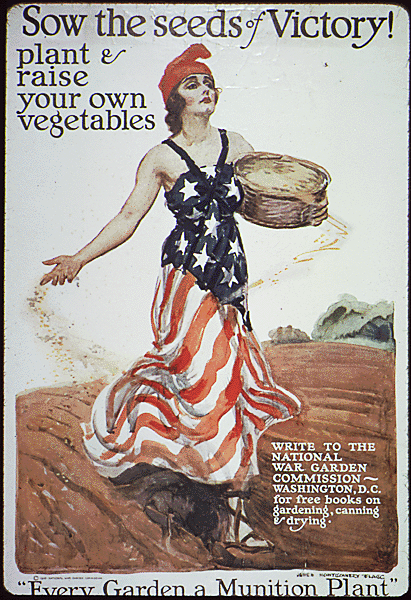
Did You Know?
Victory Garden programs were used in conjunction with food stamps to reduce pressure on the public food supply.
1/3 of all fruits and vegetables produced in the U.S. during WWII were from Victory Gardens.
Victory Gardens were considered a civil morale booster during wartime.
The USDA produced 20 minute films to promote & train people on Victory Garden growing.
A dozen Don'ts for Gardeners
- Don't start what you can't finish
- Don't waste good seed on bad soil
- Don't work the ground too soon
- Don't run rows up and down a hill (must be horizontal to avoid soil from washing away)
- Don't use too much seed
- Don't plant too much of one thing
- Don't let your pole beans shade your beets
- Don't spare the water (water one inch per week)
- Don't wield too heavy a hoe
- Don't let the weeds creep in
- Don't let the bugs beat you to it
- Don't let anything go to waste
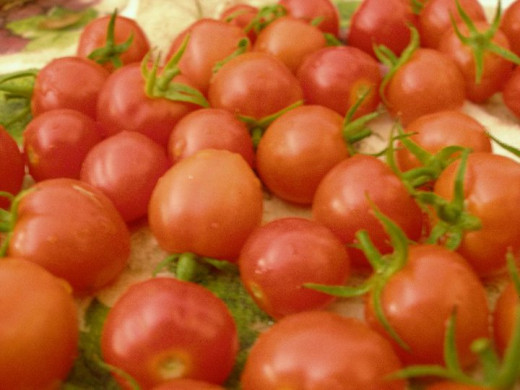
A Victory Garden for Everyone
As you can see, many of the methods used today have roots in the Victory Garden movement. I think it is good practice to keep this movement going. The reasons may have changed for growing one, but there is still a great need for people to be able to control what they put into their bodies.
If you are thinking about gardening, start small until you feel you have a handle on all that goes into maintaining one.
Was this Hub useful?
© 2014 Lisa Roppolo

